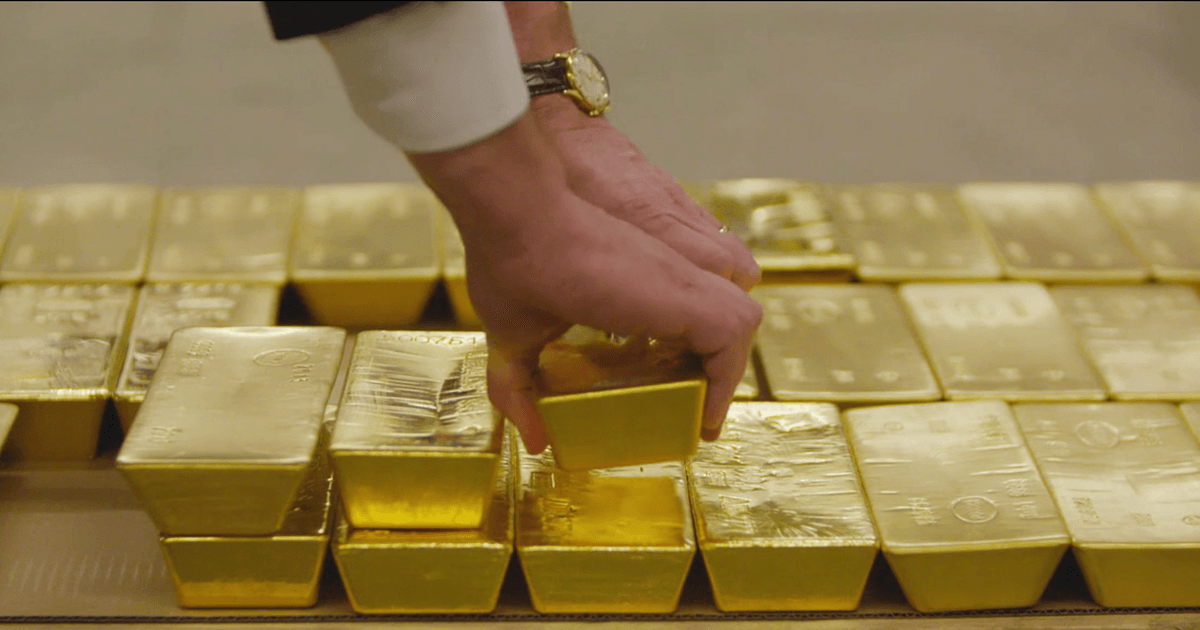In recent financial news, gold prices have surged to unprecedented levels, surpassing $3600 per ounce. This dramatic increase comes amid a weakening U.S. dollar and significant economic developments, including former President Donald Trump’s announcement regarding tariffs. This article delves into the factors driving gold prices, the implications of a falling dollar, and the broader economic context surrounding these events.
The Surge in Gold Prices
Gold has long been considered a safe-haven asset, particularly during times of economic uncertainty. The recent spike in gold prices can be attributed to several factors:
Inflation Concerns: With rising inflation rates globally, investors are flocking to gold as a hedge against currency devaluation. As central banks continue to print money to stimulate economies, the purchasing power of fiat currencies diminishes, making gold an attractive alternative.
Geopolitical Tensions: Ongoing geopolitical tensions, including trade disputes and military conflicts, have heightened market volatility. Investors often turn to gold during such times, driving up demand and prices.
Market Sentiment: The psychological aspect of investing cannot be overlooked. As gold prices rise, more investors are drawn to the market, creating a self-reinforcing cycle of demand and price increases.
The Decline of the U.S. Dollar
The U.S. dollar’s recent decline has played a crucial role in the rising gold prices. Several factors contribute to this trend:
Interest Rates: The Federal Reserve’s monetary policy, particularly its stance on interest rates, has a direct impact on the dollar’s strength. Lower interest rates make holding dollars less attractive, prompting investors to seek alternative assets like gold.
Trade Deficits: The U.S. trade deficit has widened, leading to concerns about the dollar’s long-term stability. A weaker dollar can erode confidence among international investors, further exacerbating the situation.
Global Economic Shifts: As other economies recover from the pandemic, the dollar’s dominance is being challenged. Countries are increasingly diversifying their reserves away from the dollar, which can lead to further depreciation.
Trump’s Announcement: ‘No Tariffs’
In a surprising turn of events, former President Donald Trump confirmed that there would be “no tariffs” on imports, a statement that has significant implications for the economy and the markets. This announcement can be analyzed from several angles:
Market Reactions: Trump’s statement has been met with mixed reactions. While some investors view it as a positive sign for trade relations, others are skeptical about the long-term effects on domestic industries and inflation.
Impact on Gold Prices: The absence of tariffs could lead to increased imports, potentially stabilizing prices for certain goods. However, if the dollar continues to weaken, gold may still retain its appeal as a hedge against inflation.
Political Ramifications: Trump’s announcement also reflects the ongoing political discourse surrounding trade policies. As the economy continues to recover, the implications of such statements will be closely monitored by both investors and policymakers.
The Broader Economic Context
The interplay between gold prices, the dollar’s strength, and trade policies is indicative of broader economic trends. As we navigate these turbulent waters, several key points emerge:
Investor Behavior: The current economic climate has shifted investor behavior significantly. Many are prioritizing safety and stability, leading to increased interest in gold and other precious metals.
Future Projections: Analysts are divided on the future of gold prices. While some predict continued growth, others caution that market corrections could occur, particularly if the dollar stabilizes or if interest rates rise.
Global Economic Recovery: The path to recovery from the pandemic remains uncertain. As countries implement varying strategies to stimulate growth, the global economic landscape will continue to evolve, impacting both currency values and commodity prices.
Conclusion
The recent surge in gold prices, coupled with the decline of the U.S. dollar and Trump’s announcement regarding tariffs, paints a complex picture of the current economic landscape. Investors are navigating a challenging environment marked by inflation, geopolitical tensions, and shifting trade policies. As we move forward, the interplay between these factors will be crucial in shaping market dynamics and investment strategies. Whether gold will maintain its upward trajectory or face corrections remains to be seen, but its role as a safe-haven asset is more prominent than ever.




